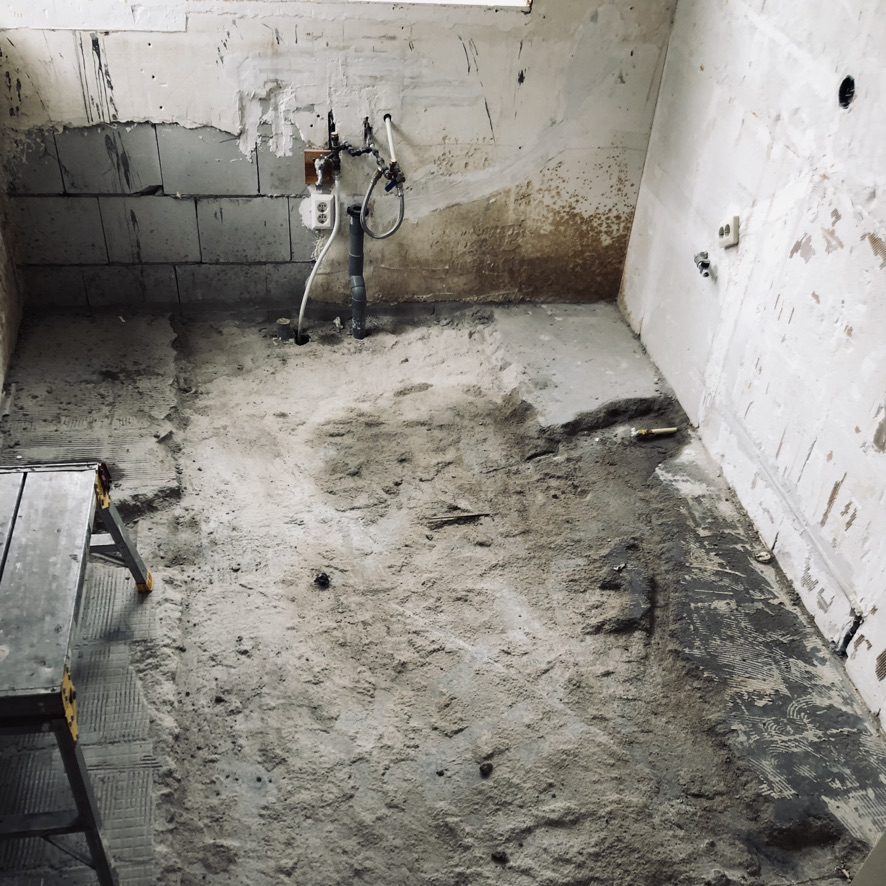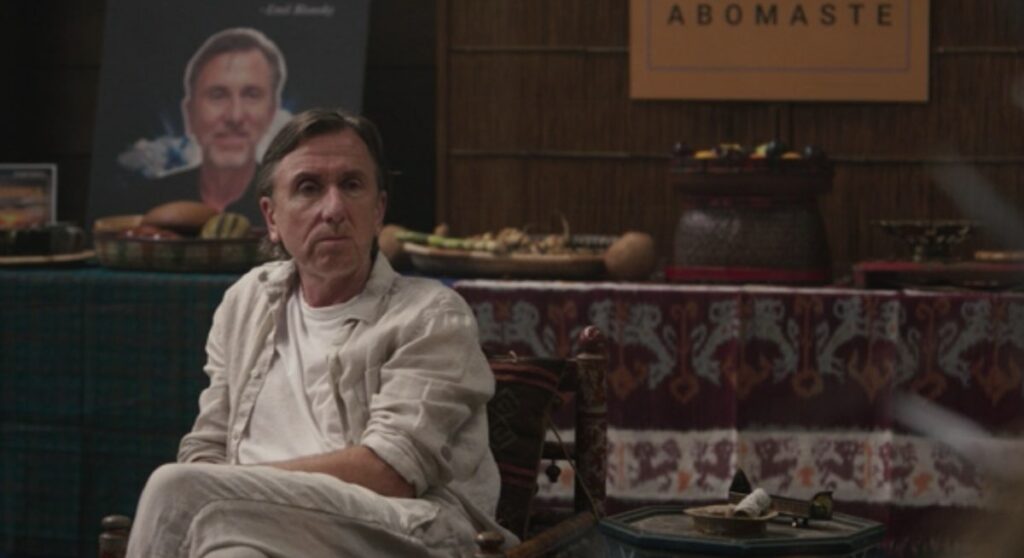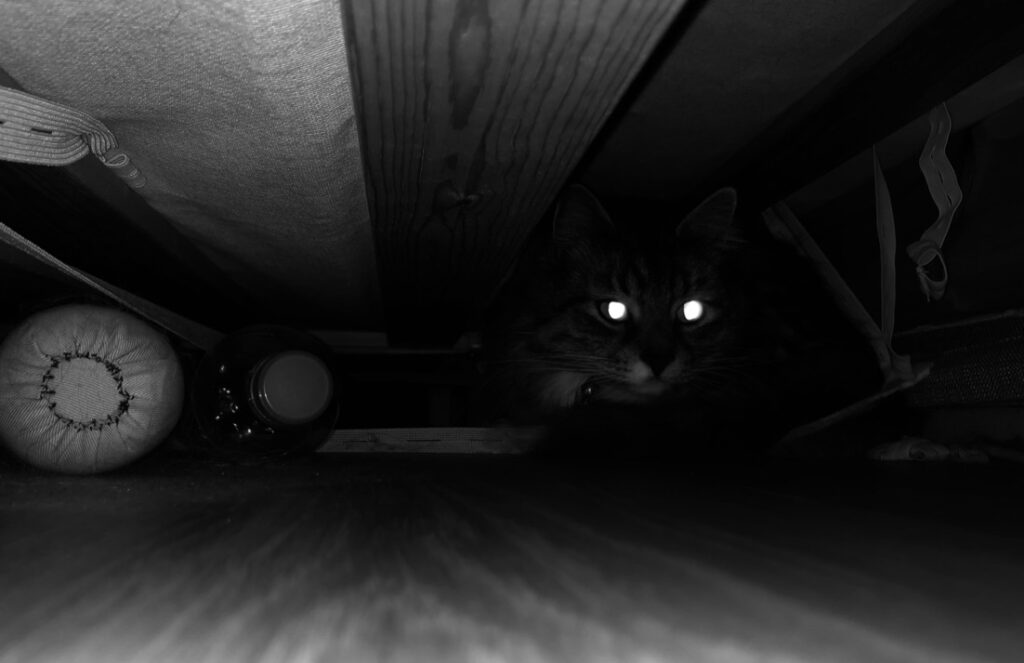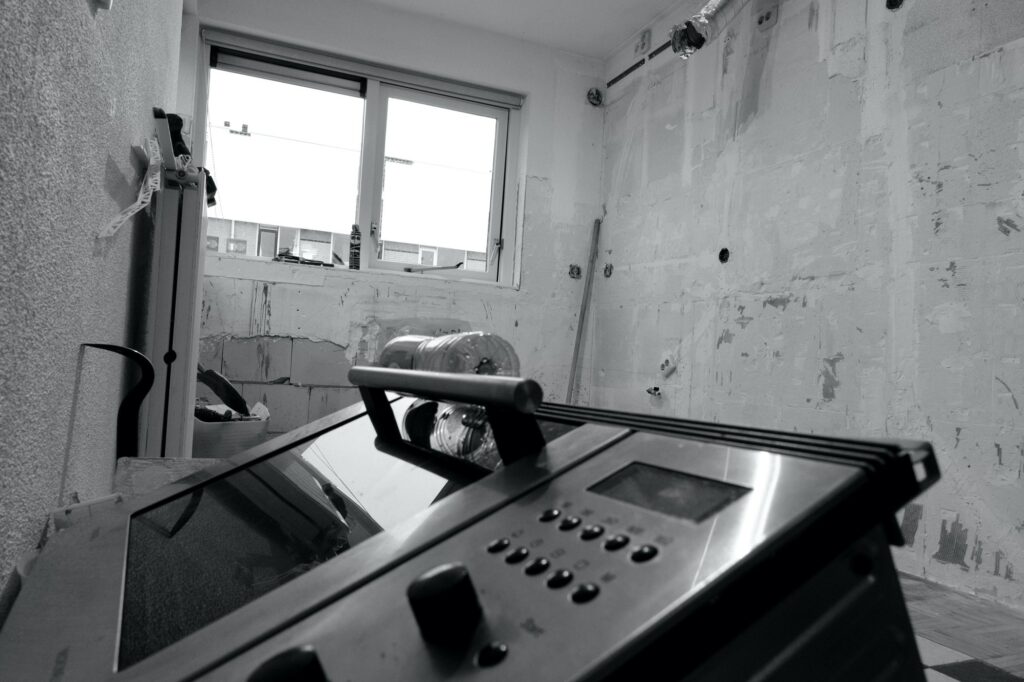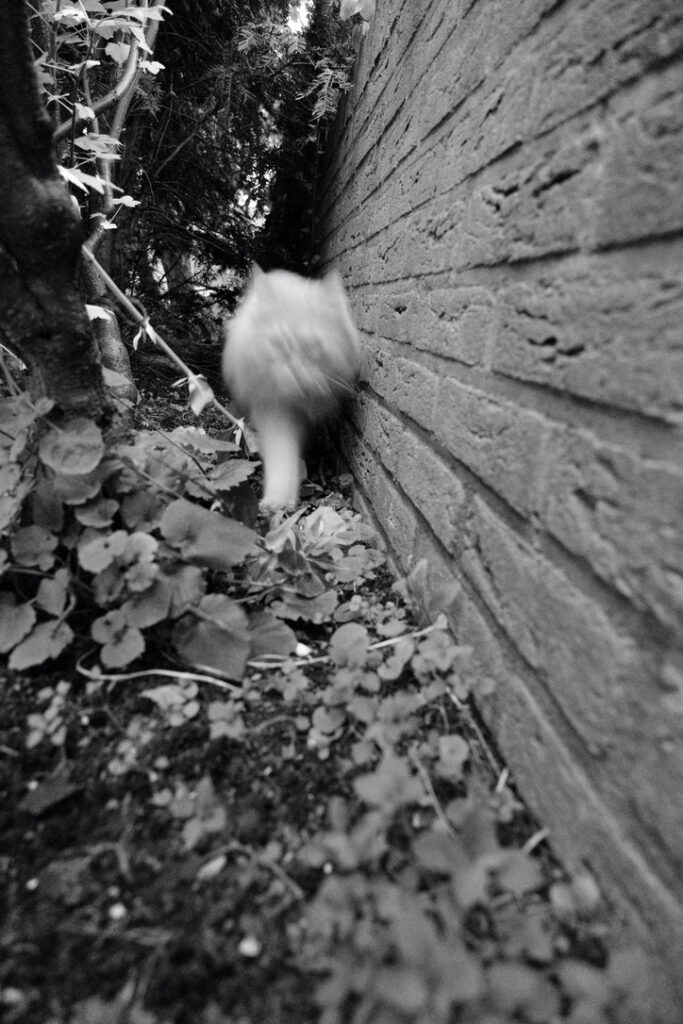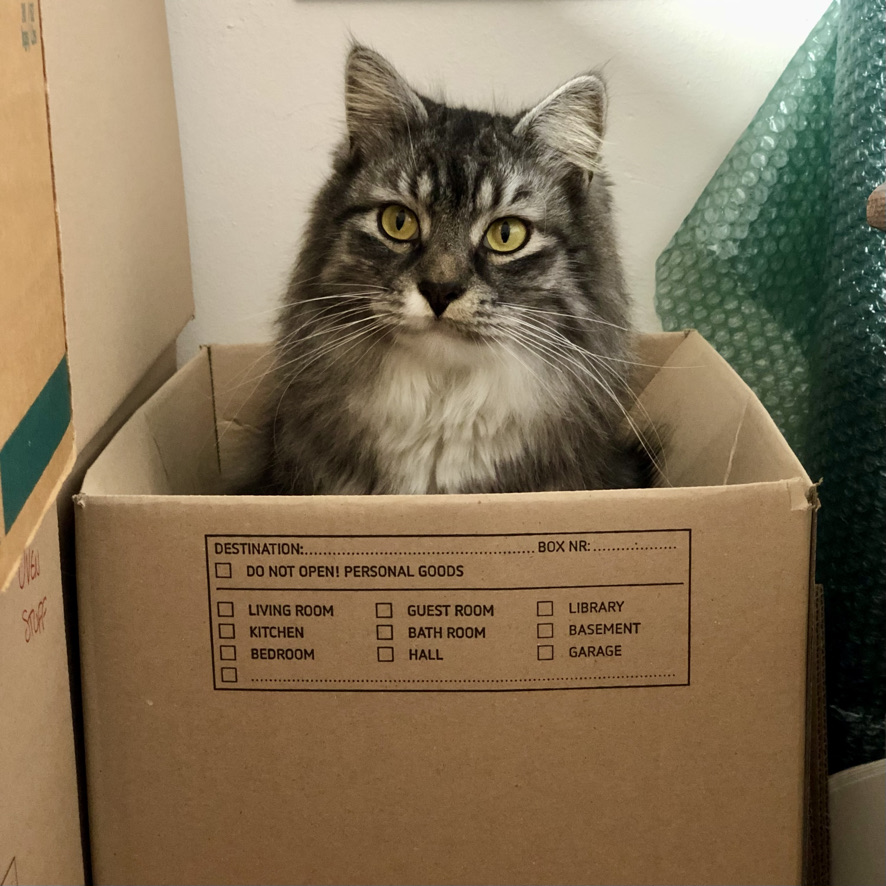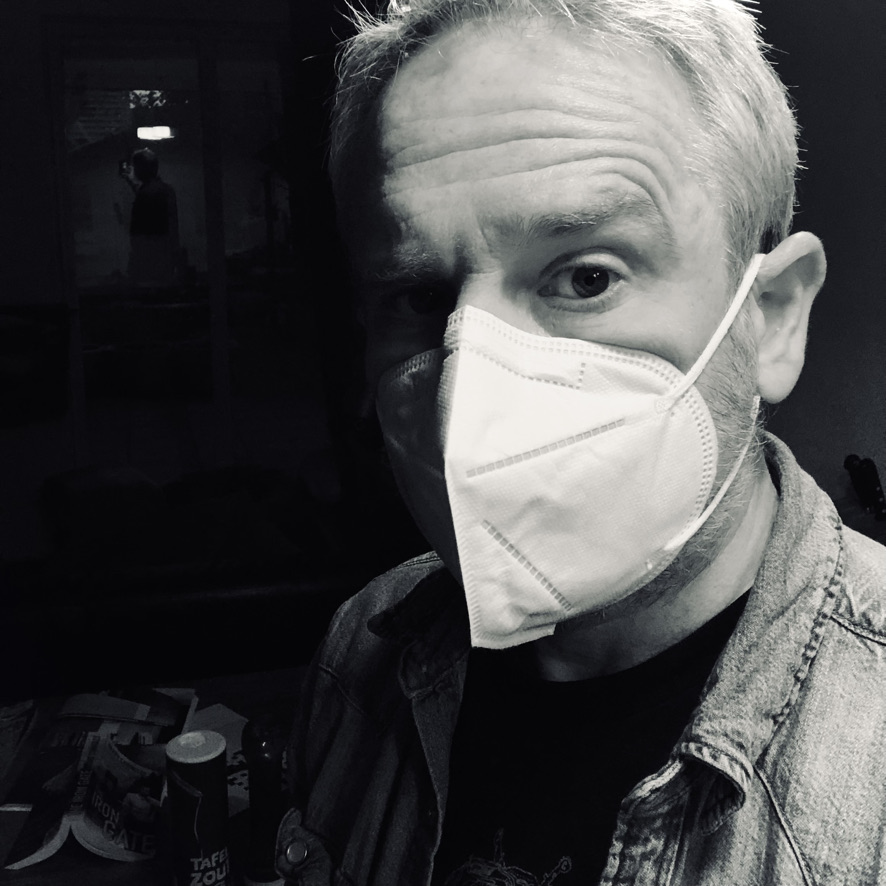
In New York and New Jersey in September, I was surprised by how many people were still masking. And not just indoors, but outdoors as well. It wasn’t a majority of the people, to be sure, but it was a decent proportion. On the PATH trains the majority of people wore coverings.
Here in Oostzaan, masking is effectively at zero. I confess that I didn’t wear a mask when I went to pick up Fiona from Schiphol on Thursday. I forgot. I felt bad. I was masked up when I went shopping this afternoon, though, and for the first time in ages someone threw a negative comment at me. “Trek toch dat mondkapje af,” (“Just take off the mask”) a man said as he passed me in one aisle. I ignored him.
Yeah, nah. The Dutch public health authorities have scaled way back on tracking and reporting. The dashboards are only being updated a couple of times a week, and only selective parts of them. At least they acknowledge that “de najaarsgolf is begonnen.” (The autumn wave has started.) The waste water analysis charts probably paint the most reliable overall picture right now, and it’s not exactly rosy.
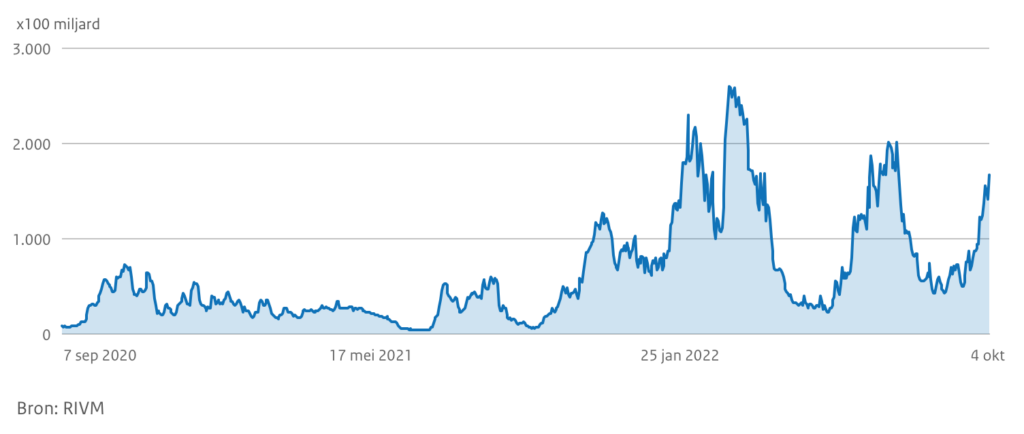
Still, my behaviour is different now than at earlier points along that chart. I may be taking more risks now than before, but that doesn’t mean I’m going to take all the risks.
